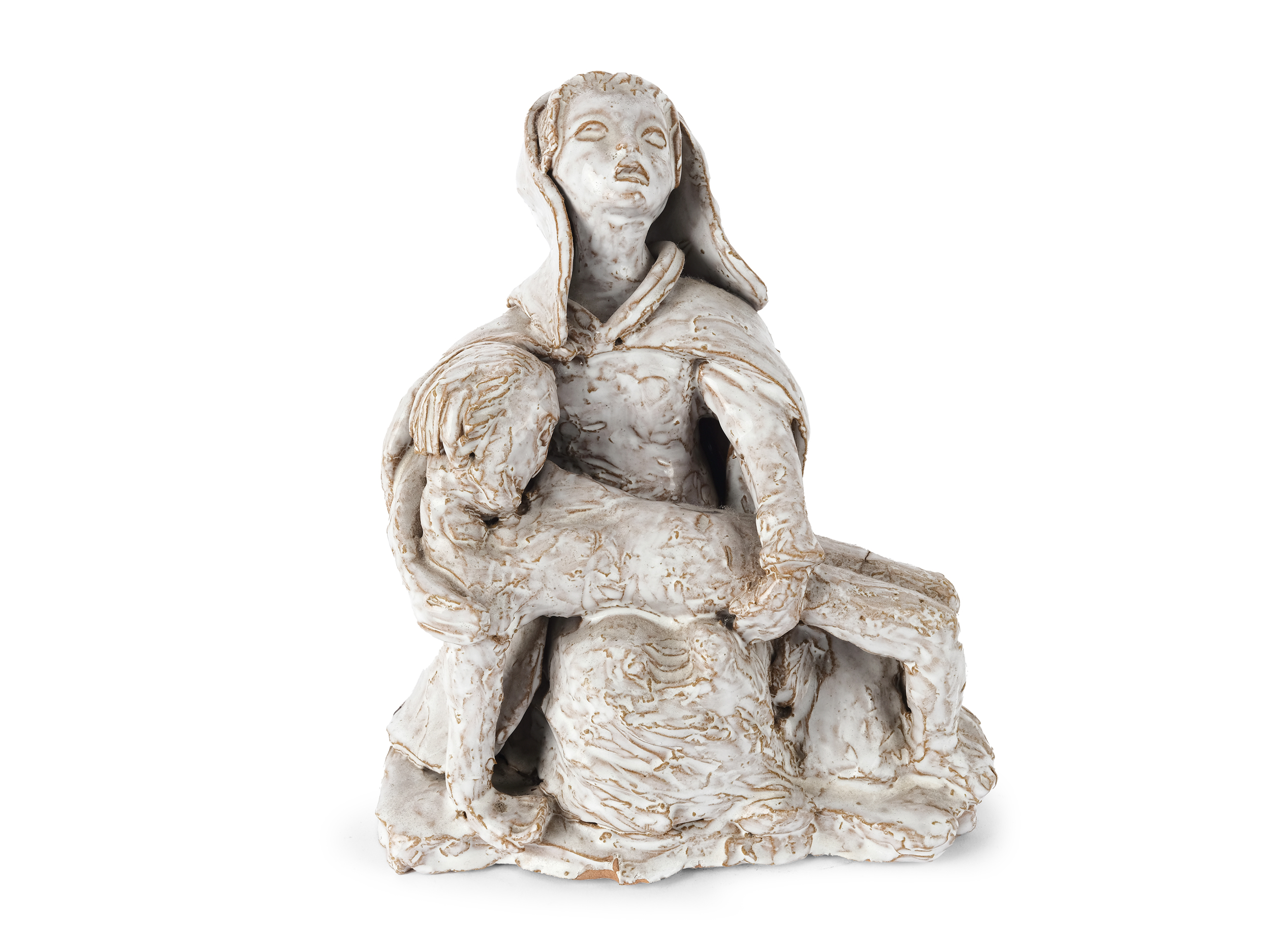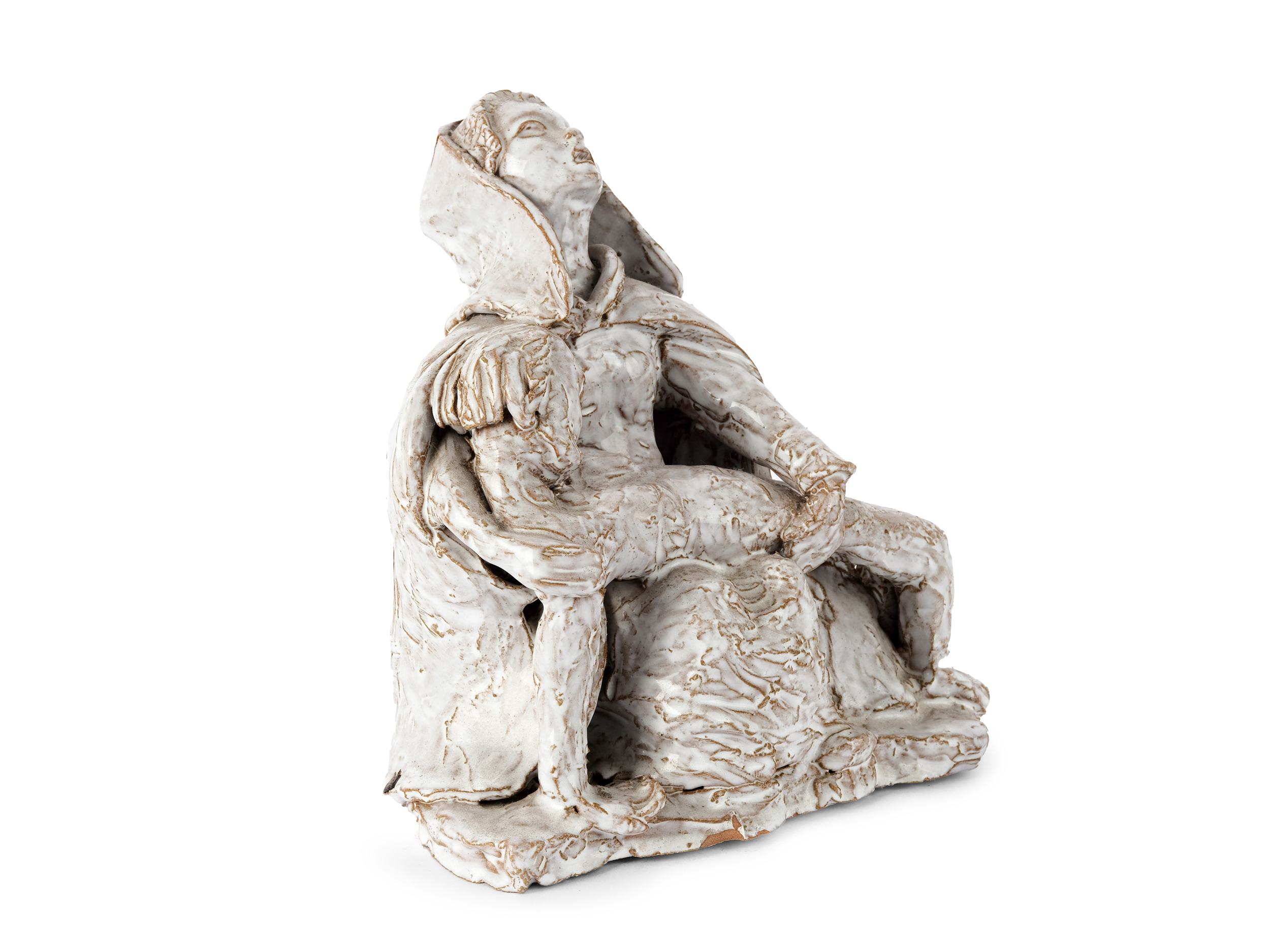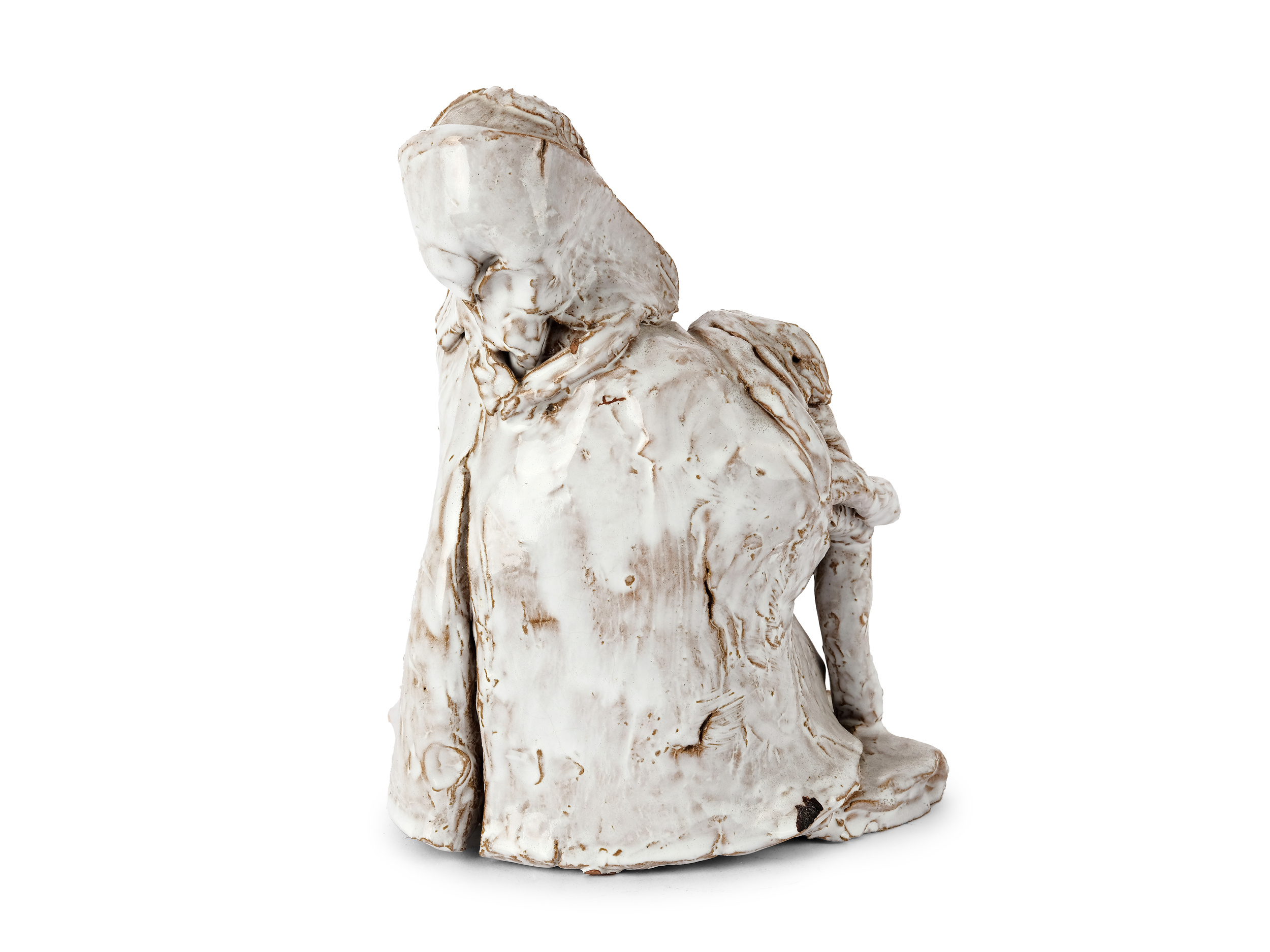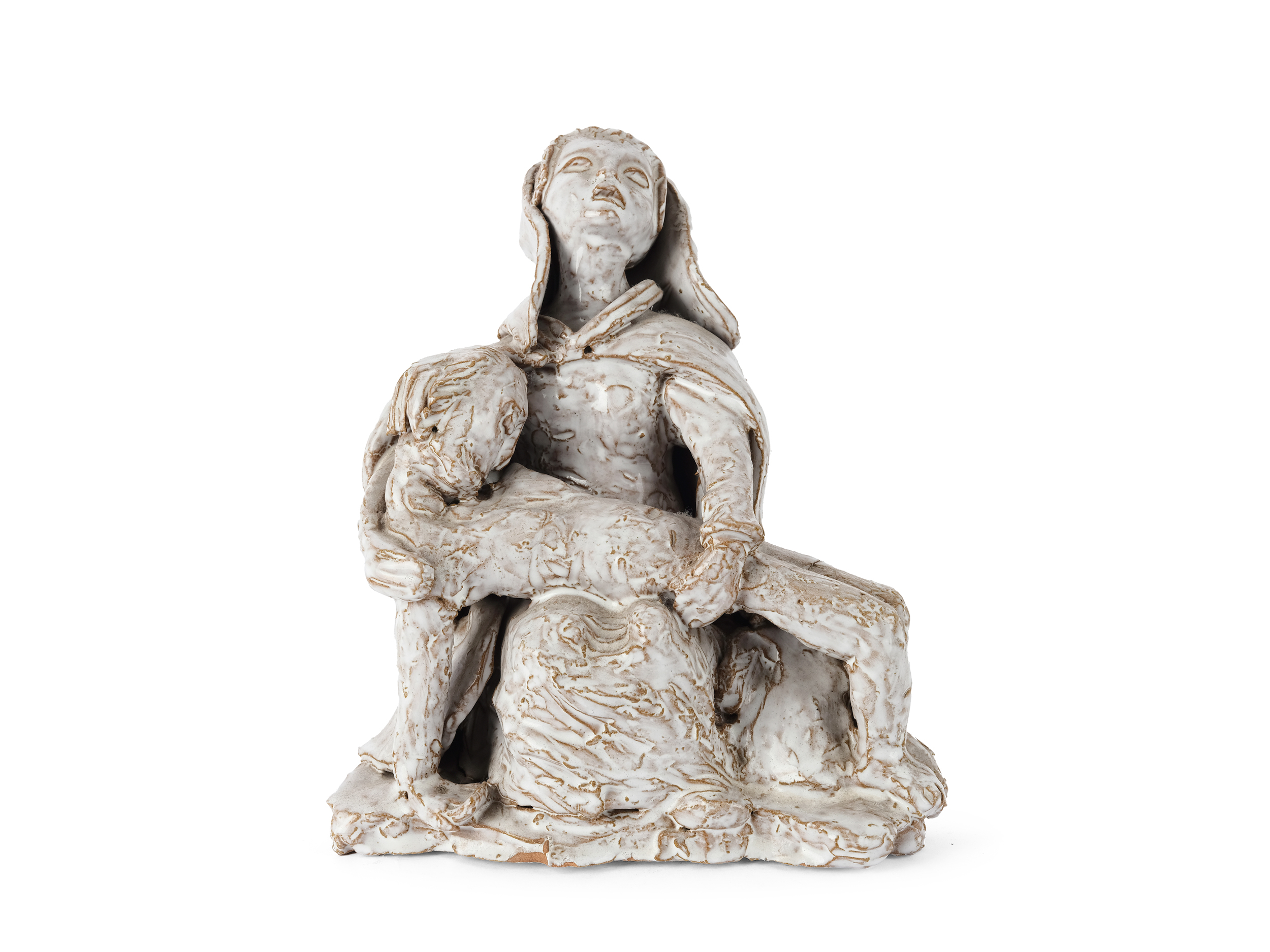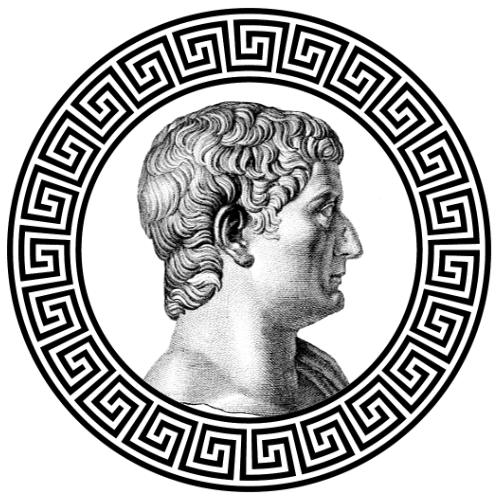Pietà
17th Tiberius Auction
Los
1353
Auktion 17th Tiberius Auction - Day 3
Pietà
Add to watchlist
Watchlist
Starting price:
€ 50
- USD: 59 $
- GBP: 43 £
USD: 59 $GBP: 43 £
Estimated price: € 80 / 120
USD: 94 / 141 $GBP: 69 / 103 £
The bidding status shows you what the current highest bid for the lot is. Keep in mind that after the completion of the online bidding, the auction will take place, in which you as a registered user also have the opportunity to bid live!
USD: 65 $GBP: 47 £
Your maximum bid is a sealed bid up to which we automatically bid for you. If your maximum bid was outbid, you will be notified by email from us. Keep in mind that after the completion of the online bidding, the auction will take place, in which you as a registered user also have the opportunity to bid live!
bid increments
| from | to | bid increment |
|---|---|---|
| 0 € | 99 € | 5 € |
| 100 € | 199 € | 10 € |
| 200 € | 399 € | 20 € |
| 400 € | 999 € | 50 € |
| 1.000 € | 1.999 € | 100 € |
| 2.000 € | 3.999 € | 200 € |
| 4.000 € | 9.999 € | 500 € |
| 10.000 € | 19.999 € | 1.000 € |
| 20.000 € | 39.999 € | 2.000 € |
| 40.000 € | ∞ | 5.000 € |
Remaining time online order submission:
Bidding overview
End of online bidding:
08.07.2025, 15:00
Start of live auction:
09.07.2025, 15:00, Register to bid LIVE
Additional costs:
Buyer's premium 27%
Pietà
In the style of the Wiener Werkstätte
Glazed ceramic
Height 22 cm

